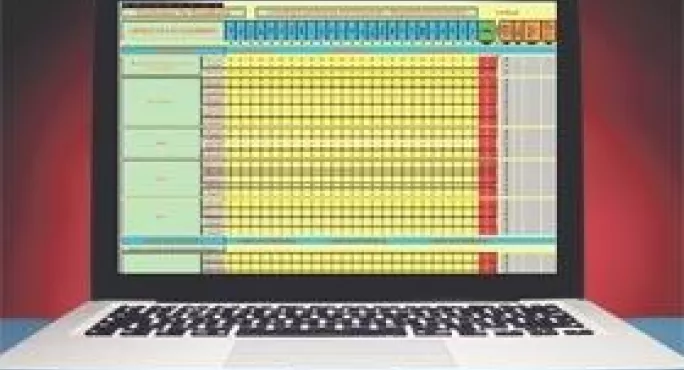The mountains of Curriculum for Excellence experiences and outcomes - or “Es and Os”, as they are known - may seem daunting to many teachers, no matter how experienced. But an ICT teacher in Moray has simplified the procedure of identifying which areas of the new curriculum a teacher is already covering and which need more development.
Stephen Strain is a former engineer who retrained as a physics teacher four years ago and has recently been made principal teacher of ICT at Elgin High, in recognition of his computing skills and enthusiasm.
His headteacher, Andy Simpson, had asked all the staff to carry out an audit of which Es and Os they were already covering across their own and other curriculum areas, to ensure there were neither gaps nor too many overlaps. Mr Strain’s natural inclination was to go straight to his computer and create a spreadsheet.
He developed a prototype spreadsheet on Excel, and put in all the Es and Os relevant to his subject area and any others he thought he might contribute to. Then he came up with a scoring system of 0-2 to illustrate the extent to which he was meeting the learning outcomes - 0 for not at all, 1 for partly and 2 for fully.
Depute head Anne Duncan asked whether it could be extended to the rest of the school. What emerged was a spreadsheet containing the Es and Os for all eight curriculum areas at levels 3 and 4, with columns showing when in the school year they were being taught, and a greenamberred indicator showing the extent to which each E and O was being covered by each department.
The highly visual overview of the whole school made it possible for the senior management to streamline certain courses or encourage greater collaboration between departments.
“What we can now do is identify where youngsters are going to experience Es and Os first in the school and ensure there is a common approach to how they are taught and developed,” says Mr Simpson.
A number of departments claimed they were making an input to the health and well-being Es and Os, for instance.
“Now we are able to co-ordinate the approach to these particular outcomes to ensure there is progression and not just repetition,” he explains.
For Joyce Marriott, PT modern languages, its main advantage has been focusing her mind on the actual CfE outcomes. It brought home to her, for instance, that she was covering bits of the numeracy outcomes through languages - teaching number, dates etc. It also gave her a better overview of what other departments were doing.
She adds a note of caution that, however useful the software is, teachers should not be drawn into a “tick-box” culture: “In modern languages, for instance, you are building up a vocabulary database all the time. Just because you have overtaken an outcome once, does not mean that’s it done”.
Moray Council was so impressed that it funded Mr Strain to create a version for primary and early years, so the software now covers every CfE level. It will shortly be available on the schools’ intranet, Glow, free of charge.
For further information, contact: David.Binney@moray-edunet.gov.uk or georgemilne@aberdeencity.gov.uk.
